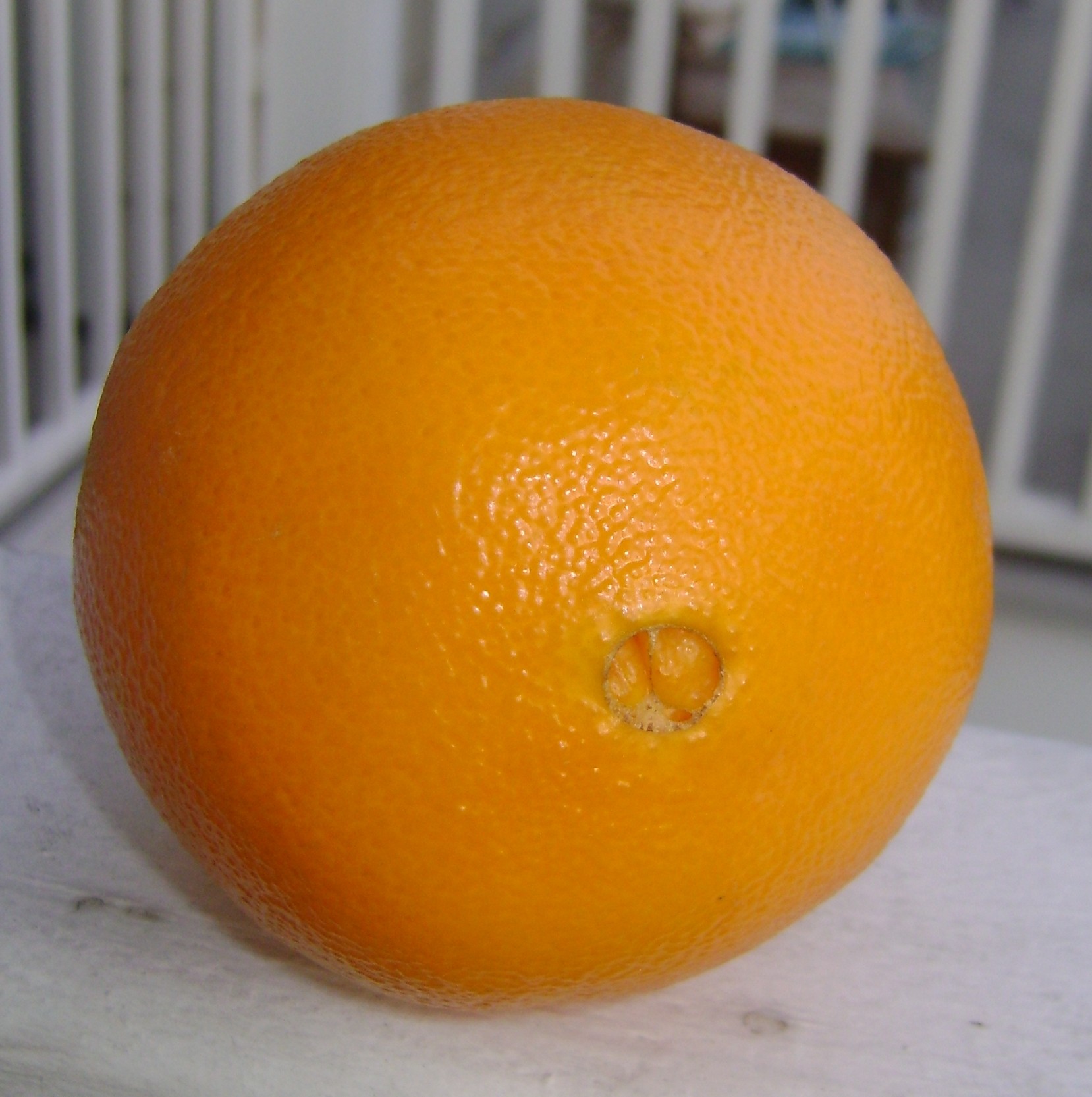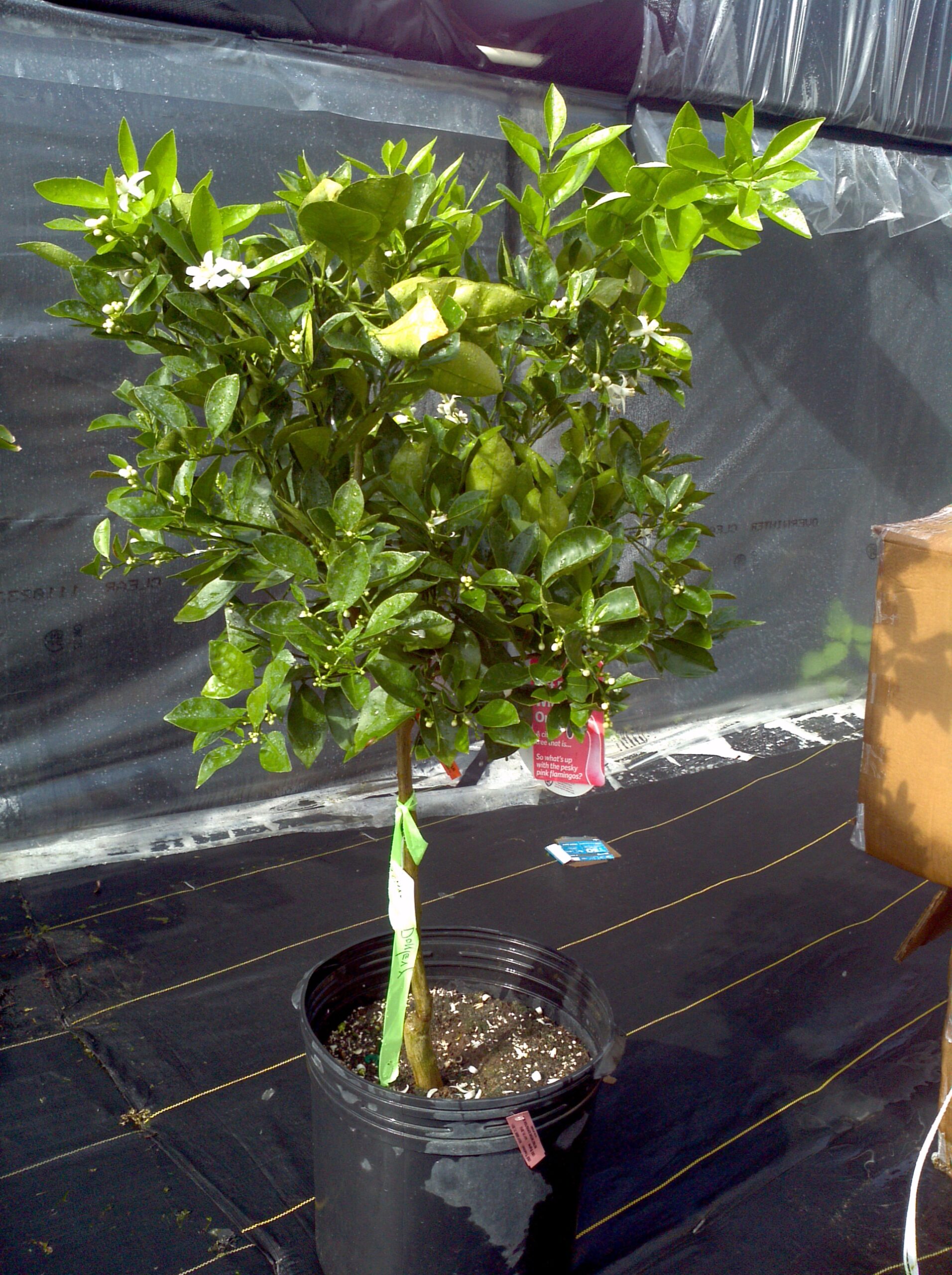Southern Florida is synonymous with navel oranges and one of the benefits of living in the Sunshine State is the ability to grow your own. Grow Navel Orange if your intent is to eat the fruit, they have limited seed to content with and an easier peeling thinner skin. Valencia oranges are better to grow when you want to use them for juice as they are a bit sweeter.
Plant your navel orange tree in full sun at least 12 feet from any structure. Orange trees do best in sandy or loose soils. Supplement clay or loam with organic mulch for adequate drainage. Navel oranges are sensitive to even short periods of cold temperatures, so place the trees in sheltered locations on southern aspects and away from chilly ocean breezes to protect the delicate fruit. Young trees need watering every few days for the first year and once every two weeks thereafter.
Most navel orange trees won’t produce fully until the third season. Glossy bright green leaves give this tree visual interest even before it bears fruit. The deliciously scented white summer blossoms are followed by equally delicious fruit. Expect ten to fifteen pounds of oranges from one mature tree. The navel is known as an “early orange” because the fruit is ready to harvest at the beginning of autumn. Don’t be too hasty to pick oranges once they appear ripe. Remember: The longer the time on the tree, the sweeter the fruit will be.
This 10 gallon Navel Orange can be planted in your yard and should start producing at least a few oranges in the first couple years.



